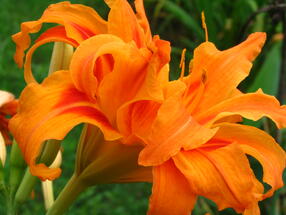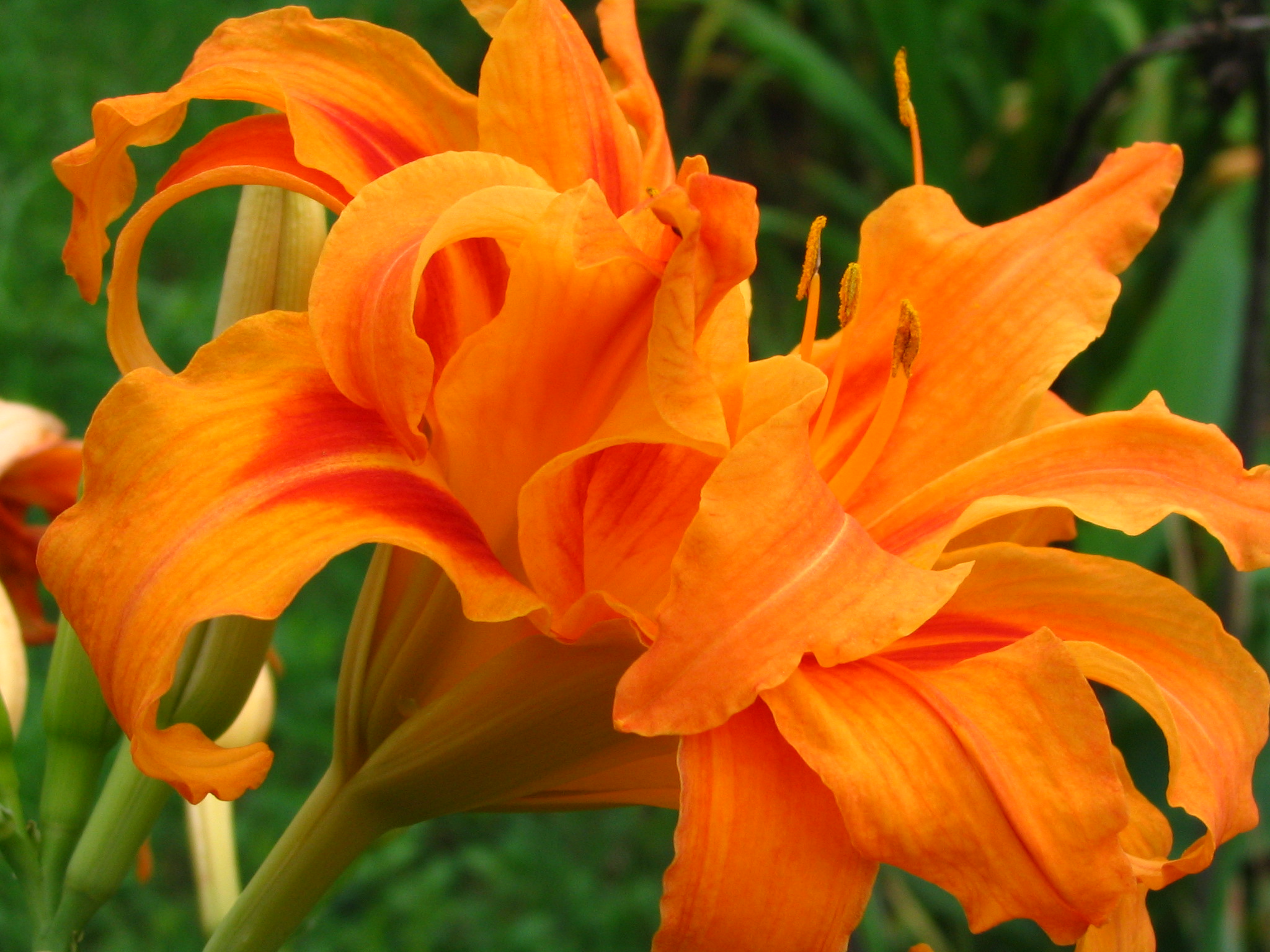by Vanessa Kienoski
 In my work, I’m often exposed to people who have trouble expressing themselves. They have so many ideas, so many emotions that they just need to get out… but they often find themselves stuck.
In my work, I’m often exposed to people who have trouble expressing themselves. They have so many ideas, so many emotions that they just need to get out… but they often find themselves stuck.
There’s absolutely nothing worse than getting stuck. You’re blocked, in the most fundamental sense. All of your energies don’t have a way to get out, and you feel frustrated in a way that you just can’t express.
For these clients, there’s one thing that I tend to recommend more than others: Journaling.
Journaling is different than most forms of art, and certainly more than most forms of art therapy. It’s like the most nourishing form of writing you can ever create, and one of the types that best gives benefits back to the creator. It allows for complete and unadulterated creation, with no judgment behind anything you may create.
Creating visual art is wonderful. I do it all the time in my practice, and I’ve seen the results in dozens of people over the course of my career. But visual art can often come off as an intimidating activity. They feel the need to perform, to produce something that others will approve of and commend them for from an artistic sense. They’re not going into it to work out something within themselves. Which, by the way, is what you should be aiming for when you make art as a healing process.
If you’re aiming to start journaling as a health (or perhaps spiritual) activity, I advise you to go slowly. Just create. Don’t aim to write the most beautiful words that have ever been written, or to record every detail of your day with exact accuracy. Writing a journal is meant to be an activity that benefits you. You alone!
Despite the recent trend of publishing the journals of the rich and famous (and often the deceased), a journal is not meant to be a piece of art that we share with others. If the journaler wants to share, that is fine. But it is inherently a craft of solitude. We make what we want in journals, for the benefit of no one but ourselves. And that is what makes it so powerful.
Journaling, above most other forms of art, is about process. You can use a journal to discover your own process, or even just to refine it if you make other forms of art as well. It is the sole form of art that directly addresses the “guts” of making art. A journal doesn’t have to be pretty. In fact, better it be ugly-looking and made with honesty and heart. That’s one of the best kinds of journals I’ve seen.
As an art therapist, journaling is absolutely essential to me and my process of helping people. It is the gentler alternative to painting or drawing at times, because it is an accepted way to make art that may not be perfect but that absolutely reflects you yourself. It works directly on your insides, and can help you achieve peace when no other form of art can. It’s the art form that is never judged, and as a result, is sometimes the form that can heal the deepest.
###
 Vanessa Kienoski has been writing and drawing in journals since a young age. She has been in private practice art therapy in New London, CT for 3 years, where she encourages clients to keep journals. To learn more, visit her webpage at www.vanessakienoski.com.
Vanessa Kienoski has been writing and drawing in journals since a young age. She has been in private practice art therapy in New London, CT for 3 years, where she encourages clients to keep journals. To learn more, visit her webpage at www.vanessakienoski.com.
From Mari: Ask Vanessa about keeping a Process Journal! This is what she reported in a recent Facebook post:
"A process journal keeps any impressions, any frustrations or thoughts that are best kept out of medical records and therapy notes. I have to say I've been doing so much better since I started keeping the process journal. I'm able to relax when I get home and go through my daily life outside the office." Thanks Vanessa!


Leave Comment